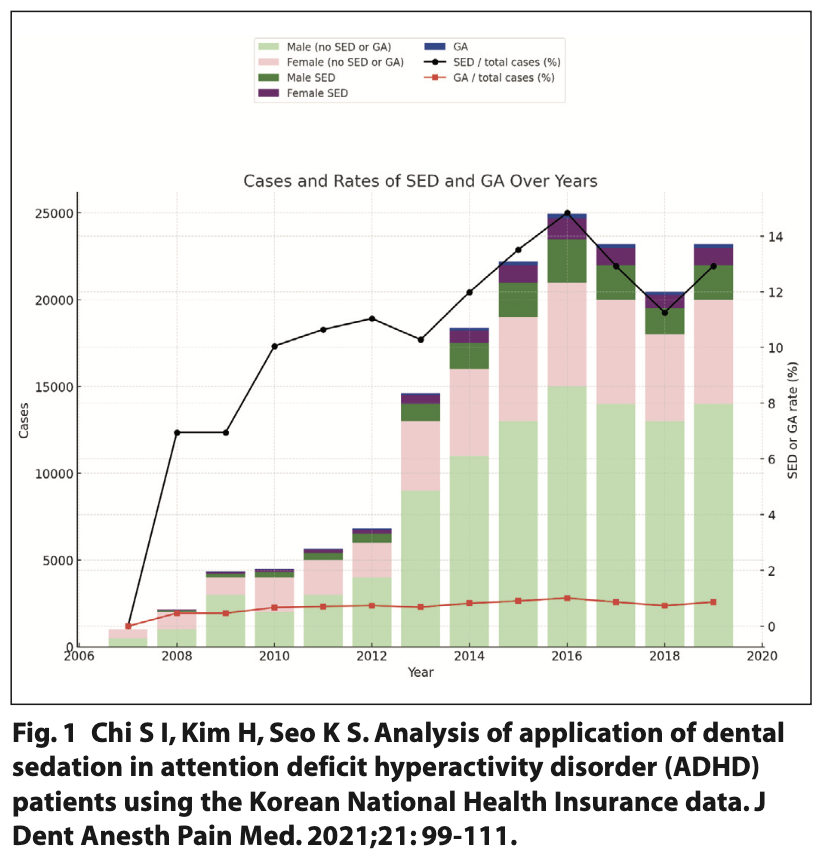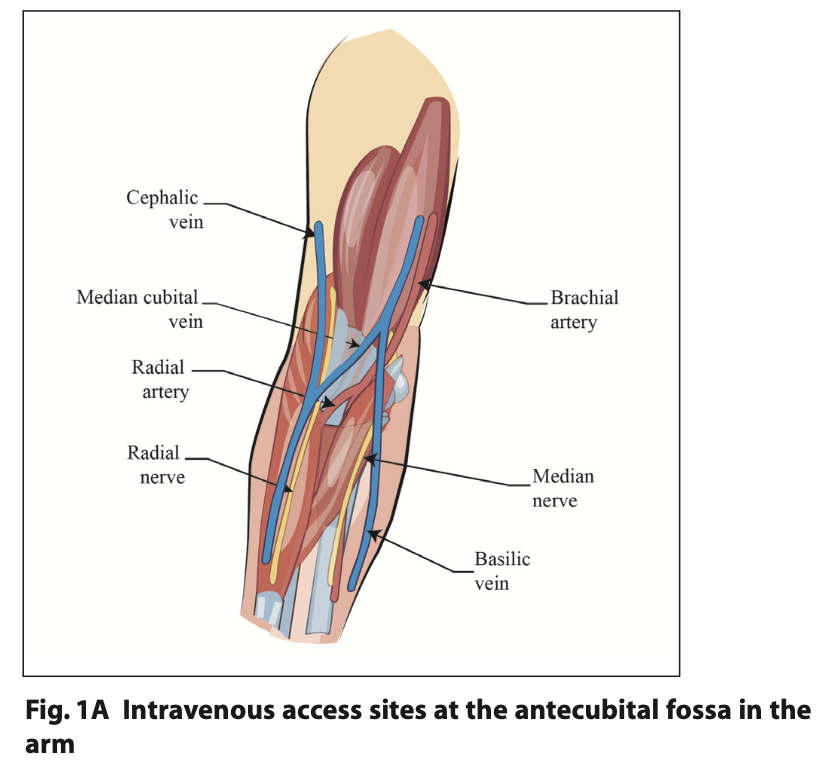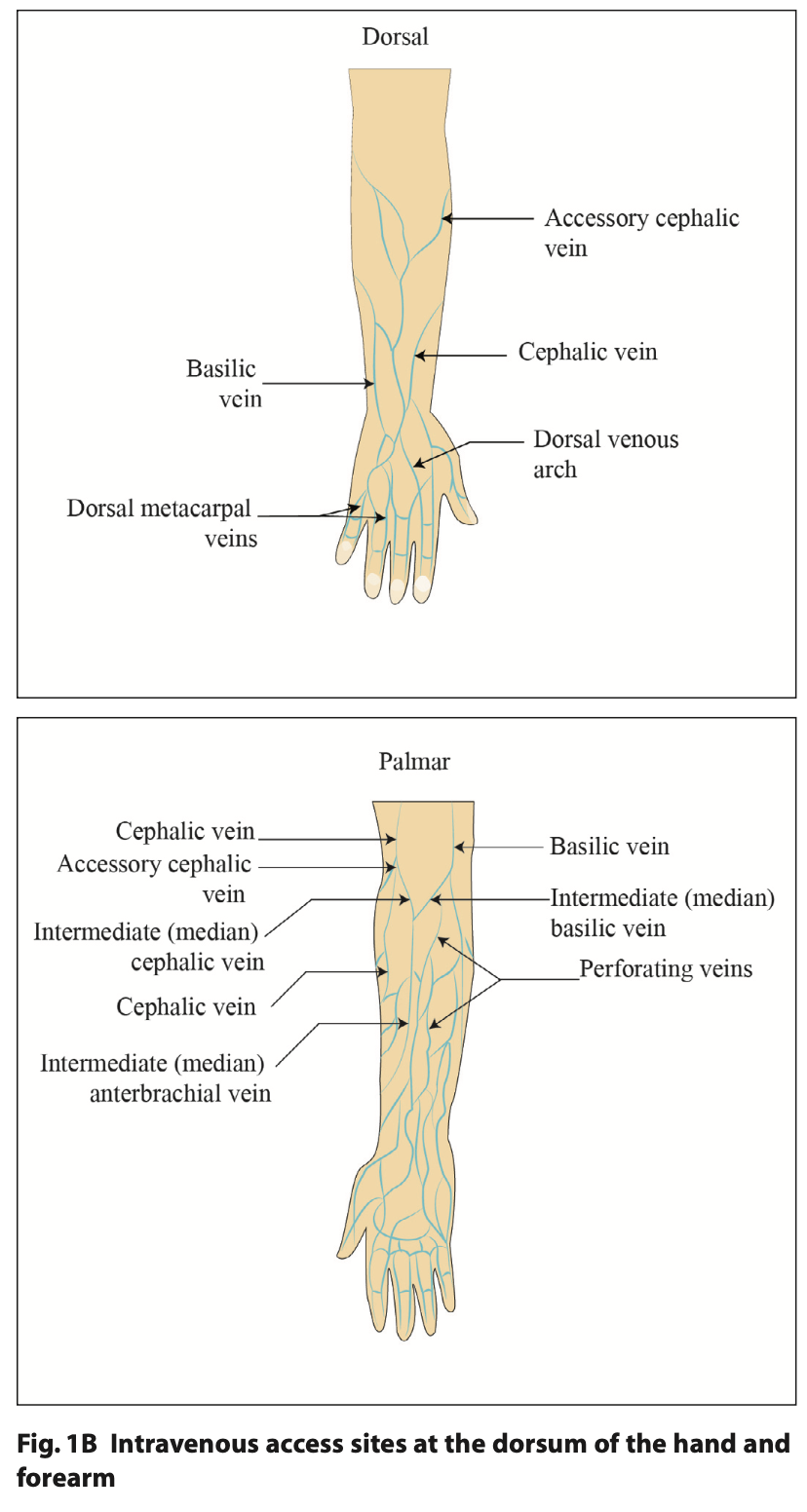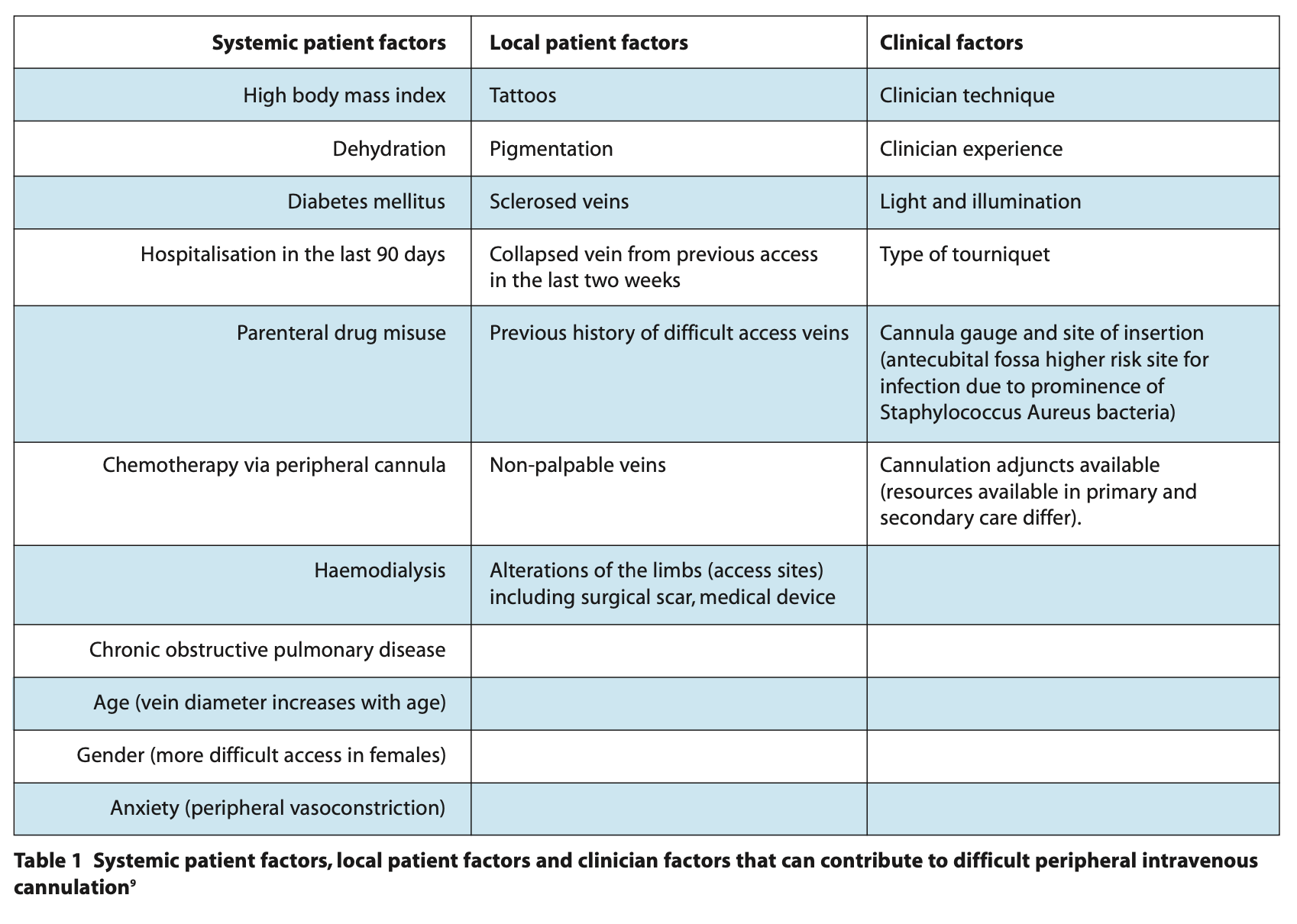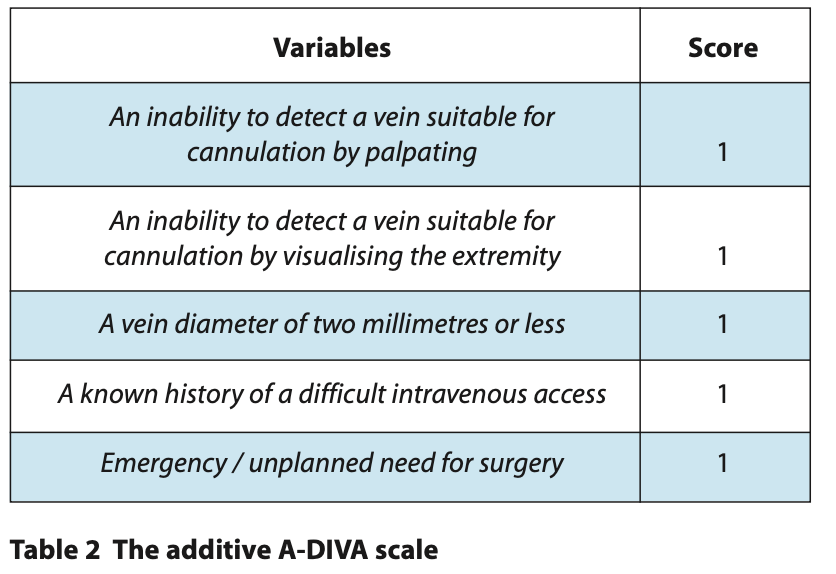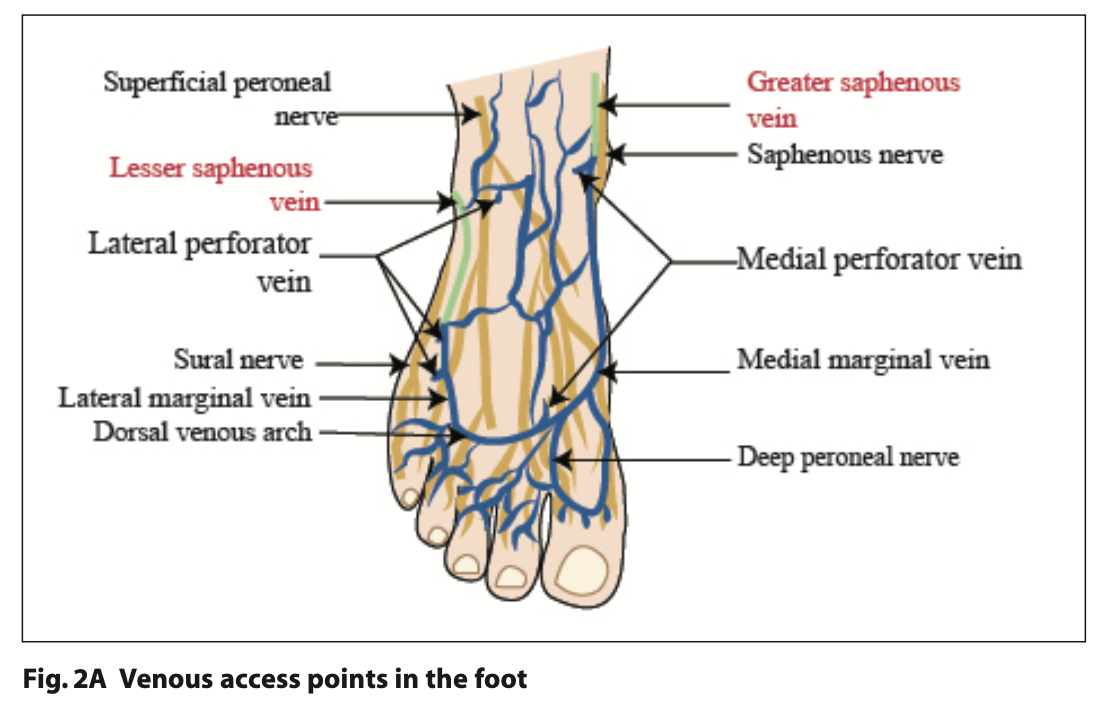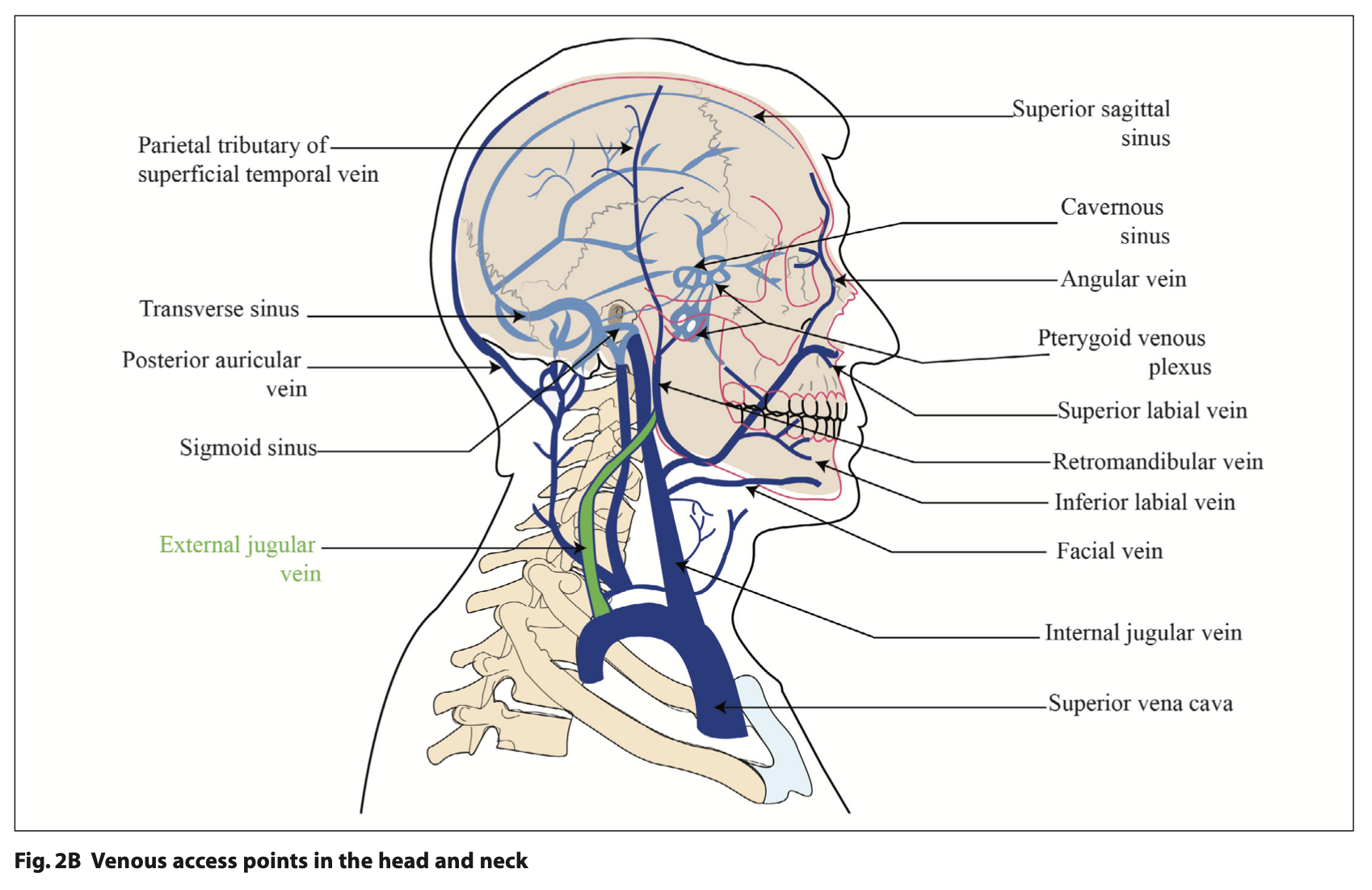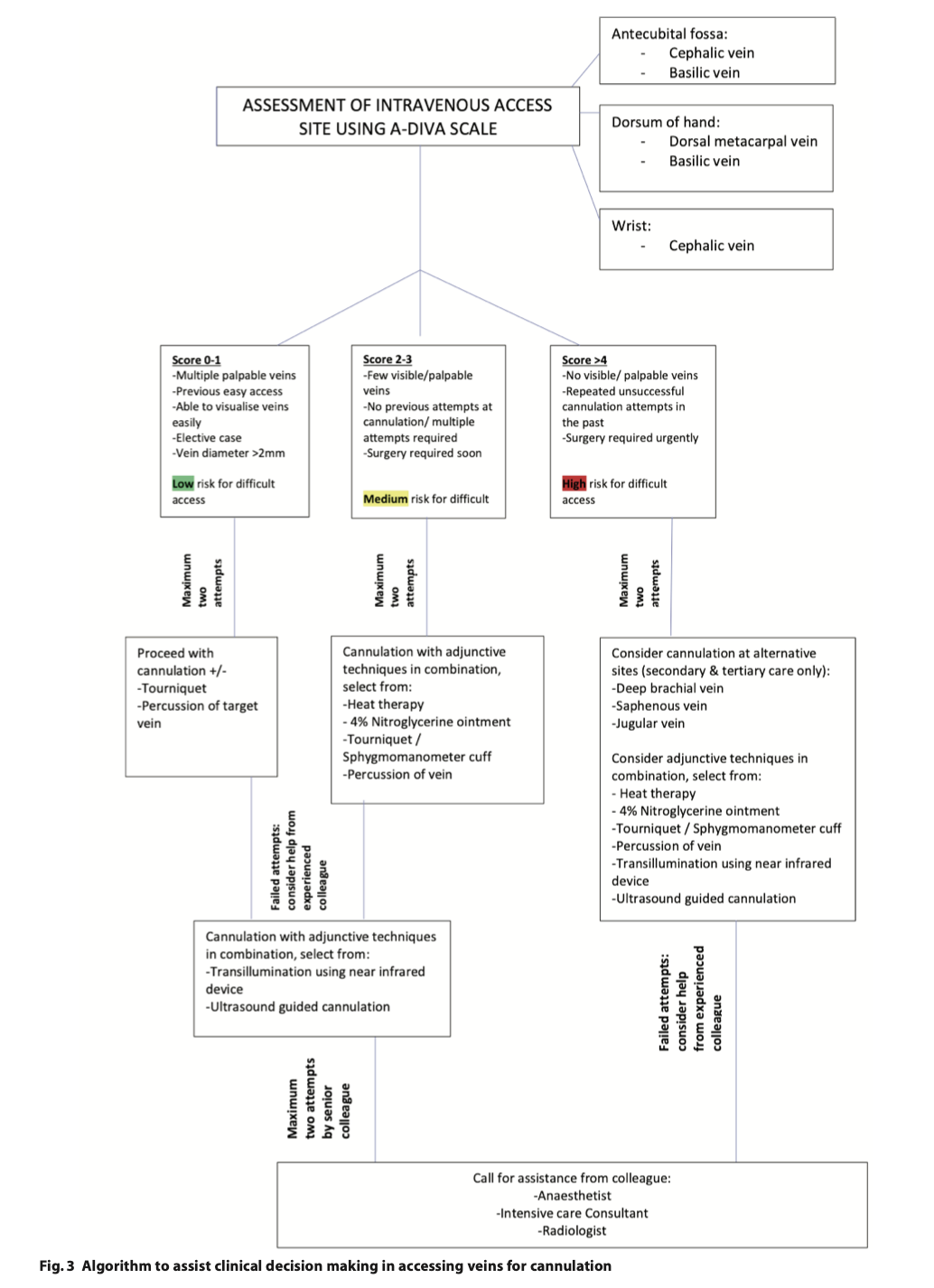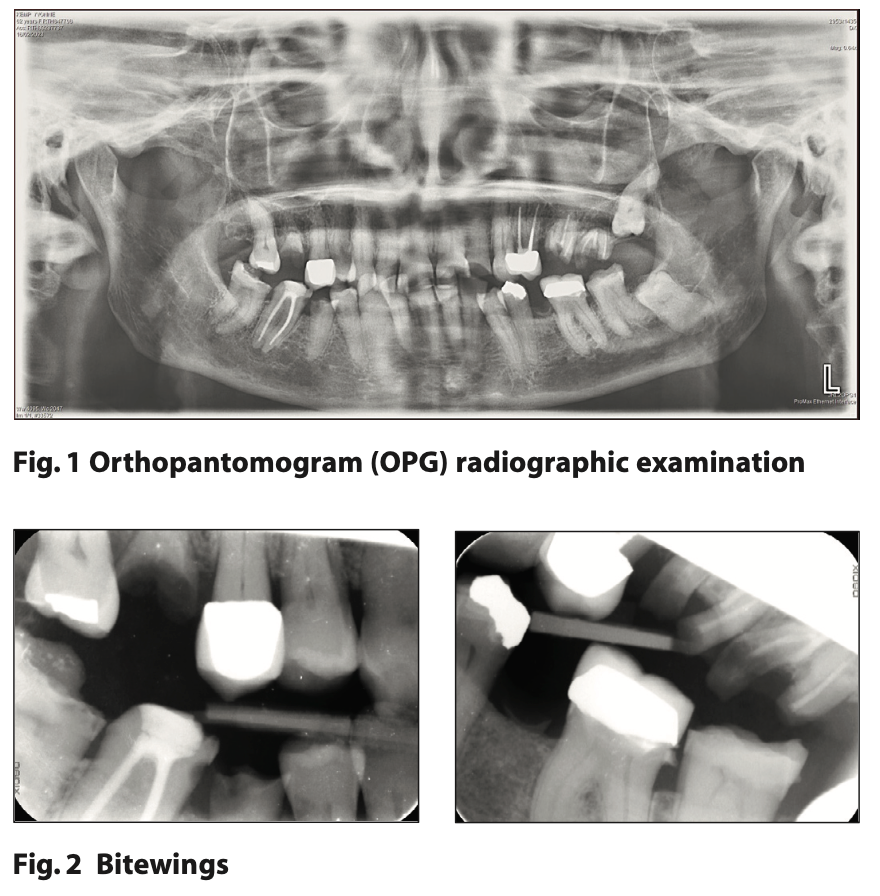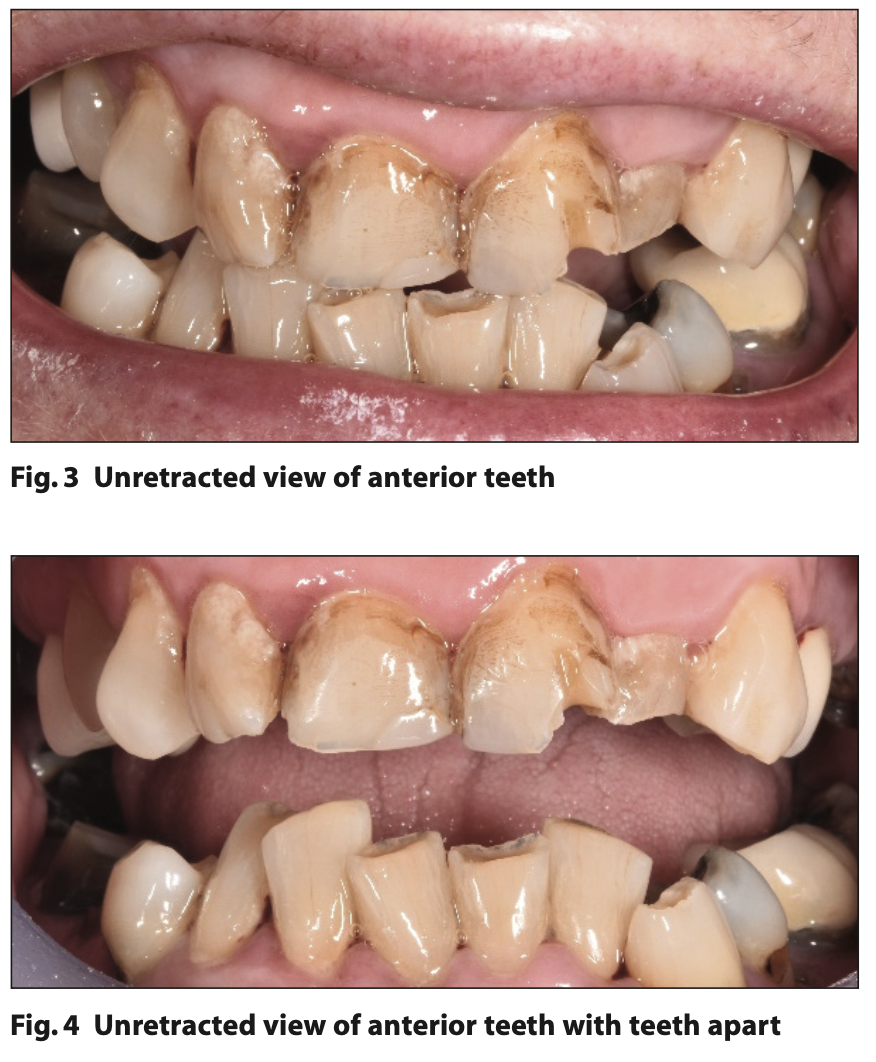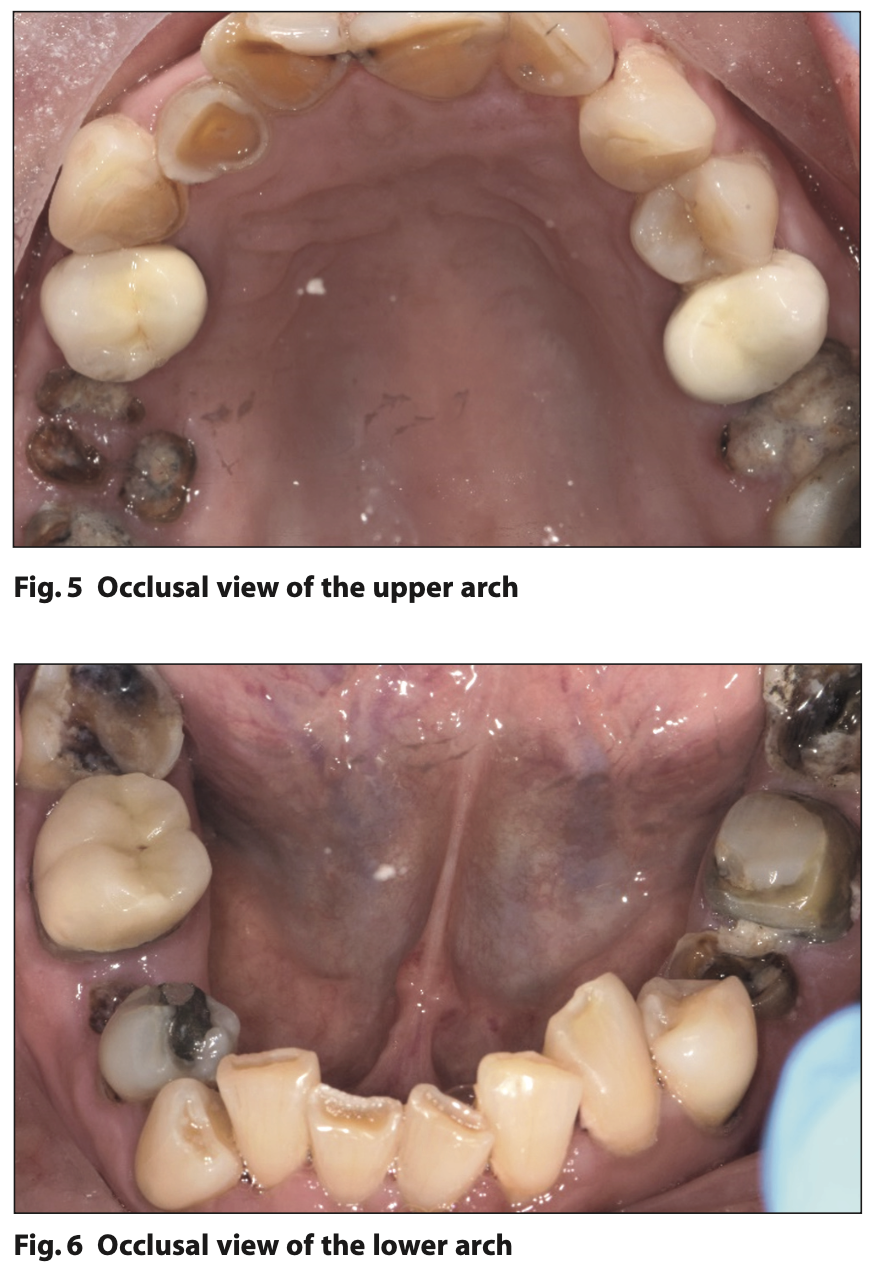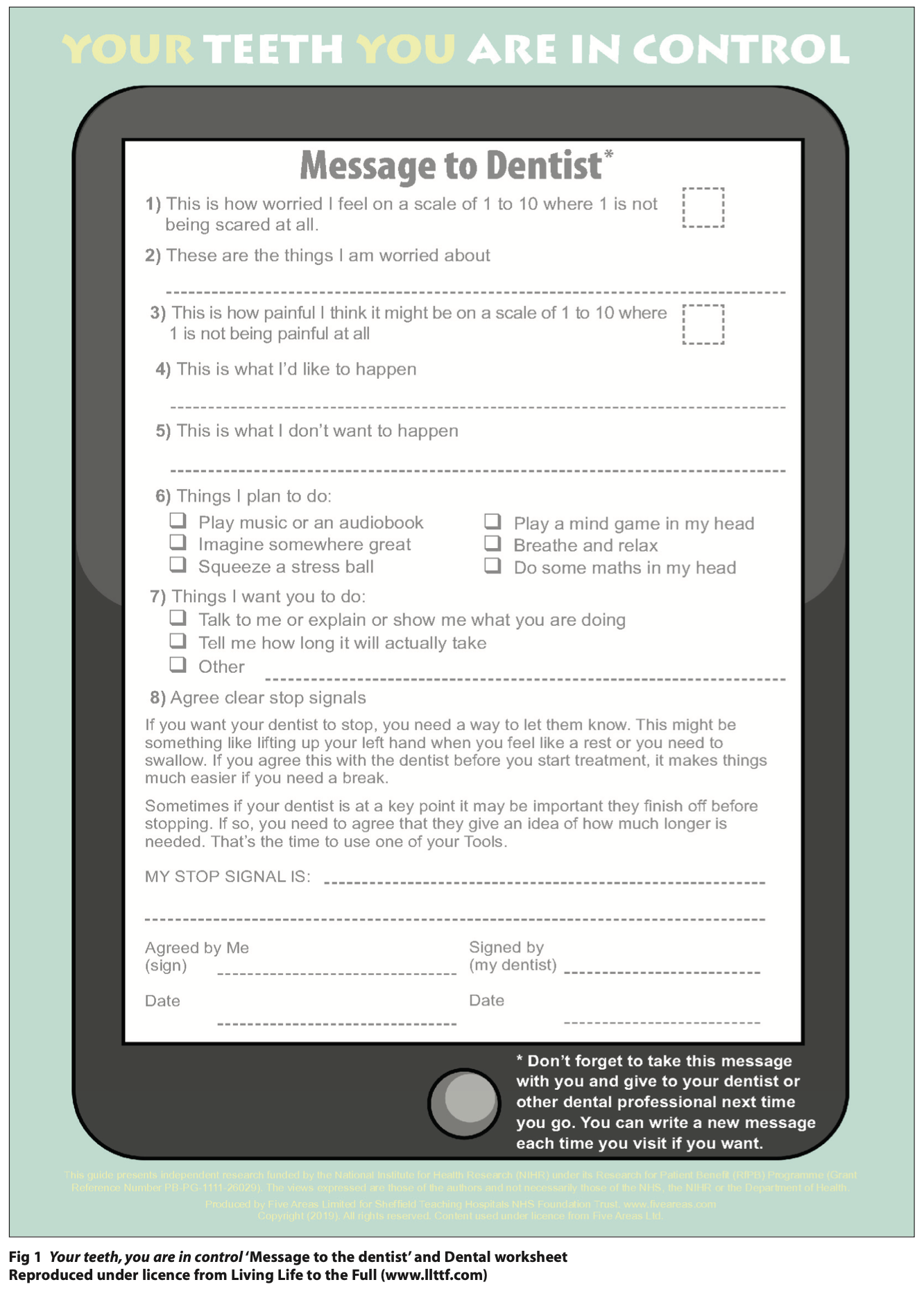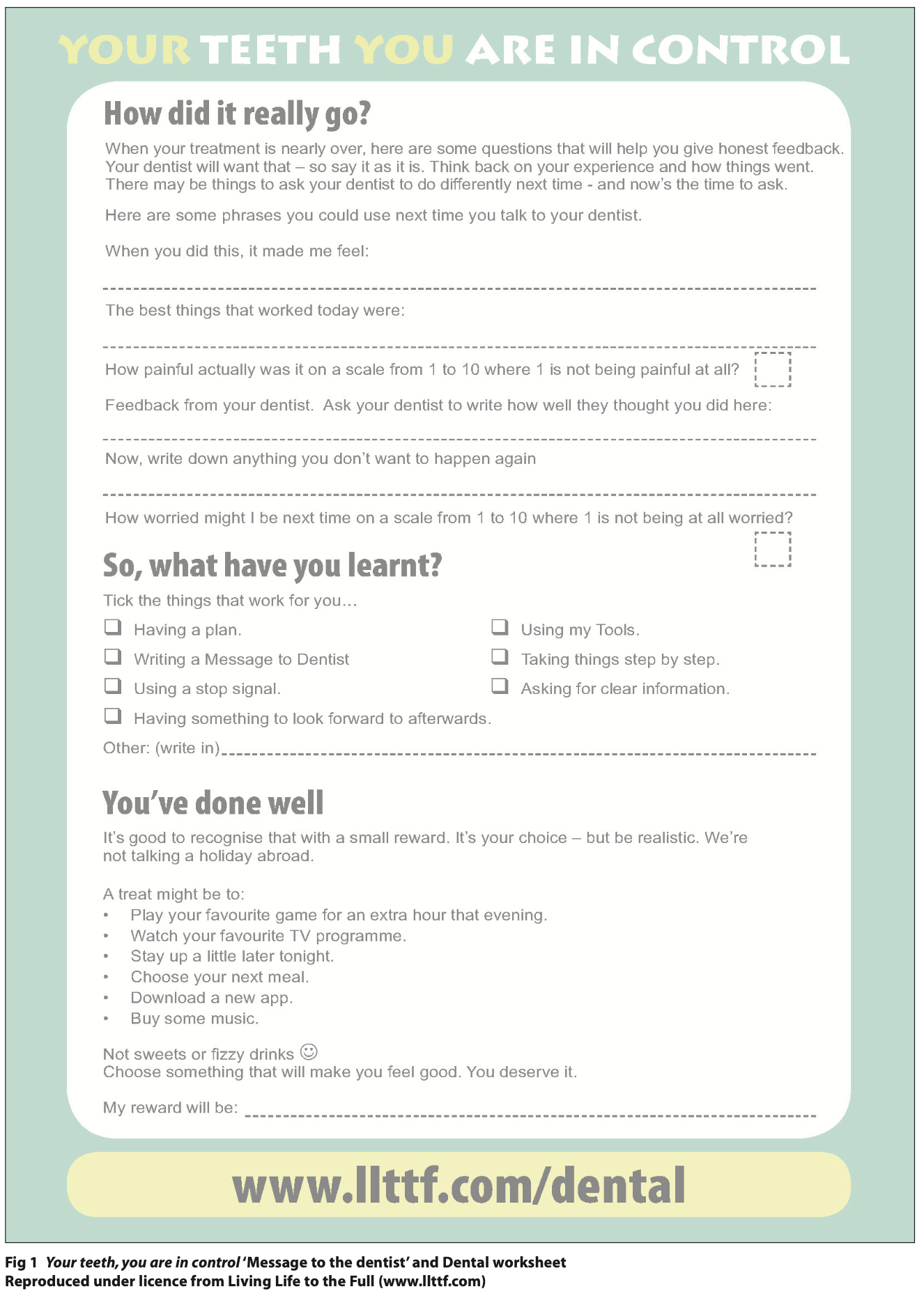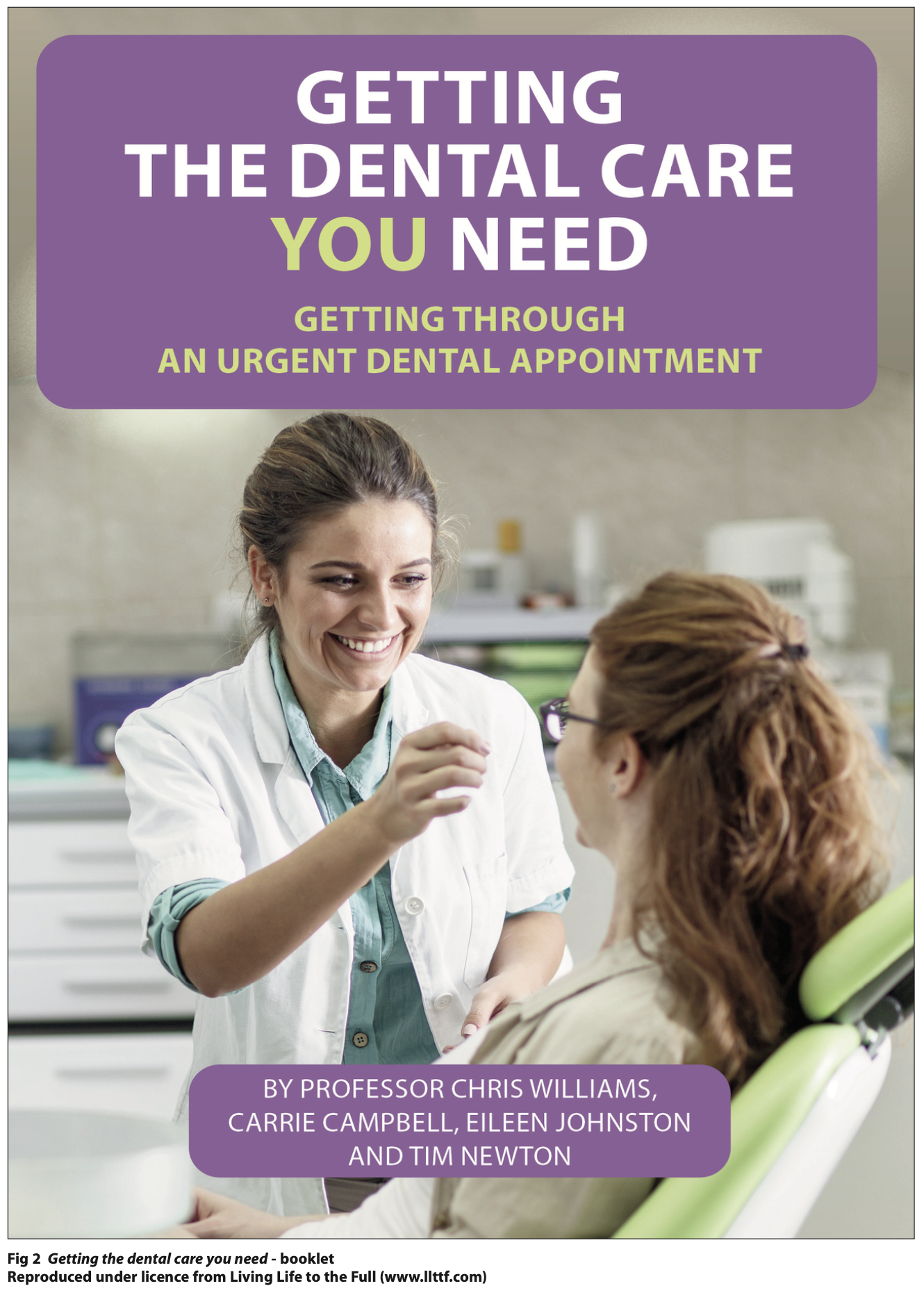
Impact of anxiety and midazolam on physiological control of arterial blood pressure (BP) and heart rate (HR)
S. Rehman* BDS, MFDS(RCS Ed) MSc (Pub Health) DipConSed
Dental Core Trainee in OMFS, Gloucester Royal Hospital, NHS Foundation Trust, Great Western Road Gloucester England GL1 3LZ
*Correspondence to: Dr Sooda Rehman
Email: drsoodsrehman@hotmail.com
Rehman S. Impact of anxiety and midazolam on physiological control of arterial blood pressure (BP) and heart rate (HR) SAAD Dig. 2024: 40(II): 110-112
Abstract
Knowledge of human physiology and the properties of the sedative agents used in the provision of dental treatment with conscious sedation is vital. The most commonly used sedative agent for intravenous (IV) sedation is midazolam which belongs to the benzodiazepine group of drugs. Both anxiety and midazolam affect the heart rate. However, long-term anxiety could result in hypertension. Soon after its induction midazolam affects the heart rate by changing the autonomic nervous system control of heart function as well as baroreflexes. It is worth noting that heart rate during sedation with midazolam will not reach the base level, whereas blood pressure drop could be uncertain.
Introduction
An appropriate medical history, social history and physical assessment is key to ensure an appropriate case selection for conscious sedation. Therefore, knowledge of the pharmacodynamics and pharmacokinetics of the drugs that are used in sedation is essential along with their interactions with other drugs which the patient may take routinely for any existing medical conditions. According to the Adult Dental Health Survey 2009, anxiety is prevalent in over a one third of the United Kingdom’s population.1 Conscious sedation plays a pivotal role in the provision of dental treatment for patients who suffer from dental anxiety and / or dental phobia. The most commonly used sedative agents in dentistry are midazolam and nitrous oxide. Midazolam belongs to the benzodiazepine group of drugs. Like all other sedative agents midazolam depresses consciousness as well as cardiovascular function. In this paper the impact of anxiety and midazolam on physiological control of arterial blood pressure and heart rate will be discussed.
Heart rate
The heart is an organ which pumps oxygenated blood to the different parts of the body and deoxygenated blood back to the lungs. To achieve this function the heart has to contract continuously in a co-ordinated fashion.2
The number of times a heart beats in a minute is defined as the heart rate (HR).3 Normally, a heart beats around 60 to 80 times a minute.3 Major factors which can modify the HR are as follows.3
Autonomic tone
The autonomic nervous system (ANS), which comprises the parasympathetic nervous system (PNS) and the sympathetic nervous system (SNS), provides the innervation to the heart. The autonomic tone is generated through the balance between the inputs from SNS and PSN. The parasympathetic input to sino-atrial node (SAN) is dominant at rest.3
Response to pain and anxiety
The body’s response to fear, anxiety or stress triggers SNS that innervates the atrioventricular node (AVN) and SAN and releases noradrenaline, resulting in increased HR and force of contraction.
Baroreceptor mechanism, chemoreceptors and circulating hormones are discussed later in the section entitled ‘Physiological Control of Arterial blood pressure and HR’.
Cardiac output
The total volume of blood in an average adult is 5 to 6 litres.3 The volume of blood pumped by the heart in a minute is called cardiac output (CO) which is the product of the HR and stroke volume (SV).4 SV is defined as the amount of blood pumped by the left ventricle in a single contraction.5 A resting CO in an average adult is 5.5l/min.3
Peripheral resistance
To pump the blood through the circulatory system, resistance to blood flow must be overcome. The resistance generated through the systemic vascular system is known as total peripheral resistance (PR).6
The SNS controls the radius of the blood vessel, and any changes in the radius can cause a significant change in the blood pressure (BP) by altering the PR. Similarly, factors which affect the blood’s viscosity, eg temperature, haematocrit value and plasma protein concentration, also affect the BP by increasing or decreasing the PR.
Arterial blood pressure
‘Arterial blood pressure (ABP) is determined by the volume ejected by the heart into the arteries, the elastance of the walls of the arteries, and the rate at which the blood flows out of the arteries.’ 7 ABP can also be defined as a product of cardiac output and peripheral resistance.
Physiological control of arterial blood pressure and heart rate
The ABP is regulated by the following major mechanisms:
Baroreceptors
The carotid sinus and aortic arch have specialised stretch receptors called baroreceptors. These receptors detect changes in the BP and send impulses to the vasomotor centre (VMC) to regulate the BP by increasing or decreasing the HR and CO.5
Chemoreceptor reflex
As a result of tissue ischemia, peripheral chemoreceptors are stimulated which stimulates VMC and results in an increase in HR, BP and depth of respiration.5
Central nervous system (CNS) ischaemic response
CNS response is initiated when BP falls below 50mmHg and results in stimulation of the VMC which stimulates SNS to increase HR and BP to maintain normal function.5
Renal regulation of BP
The kidneys regulate arterial blood pressure through direct mechanism (ie pressure diuresis) and the pressure natriuresis and the indirect mechanism (ie hormonal control). Major hormones are as follows:5
- Renin angiotensin system (RAS): provides the long-term control of ABP. Through this system, the kidneys compensate for the decrease in ABP by the release of a endogenous vasoconstrictor (ie angiotensin II) that raises the ABP.
- Aldosterone: is a steroid hormone released from the adrenal cortex by angiotensin II (ATII) which increases the sodium resorption and increases the excretion of potassium in a distal convoluted tubule of the kidney resulting in an increase of BP. ATII also increases PR by vasoconstriction of the arterioles to increase BP.
- Antidiuretic hormone (ADH): ATII also causes the release of ADH (vasopressin) from the posterior pituitary which increases the blood volume by reabsorption of water from the kidneys which increases the BP.
- Epinephrine and norepinephrine: these hormones are released by the adrenal medulla under stress, pain and anxiety etc as a part of the ‘fight or flight’ mechanism. They raise the BP by increasing the HR and contractility of the heart muscles while causing vasoconstriction of the arteries and veins.
Thyroxine
Thyroxin is a hormone produced by the thyroid gland which increases the HR and CO by acting on beta 1 receptors and potentiates the effect of epinephrine. Other hormones like atrial-natriuretic peptide and brain natriuretic peptide also have an impact in the regulation of HR and BP.2
Effect of an anxiety / phobia on blood pressure and heart rate
Some patients are not able to accept dental treatment due to their high level of anxiety or phobia. Anxiety and fear stimulate the SNS, resulting in an increase of the circulating catecholamines and an increase in the HR and BP.
Anxiety is considered to have a short and long-term effect on the BP. In the short term it can increase the BP and ‘white coat syndrome’ is a good example of this.8 The long-term effect of anxiety can result in decreased vascular variability resulting in an increased PR which can eventually cause hypertension.8
Generalised anxiety is often associated with an unhealthy lifestyle which, in turn, could cause an increased risk of hypertension. Higher risk of death is noted due to ischaemic heart disease among patients who have phobic anxiety disorder.9
Effect of midazolam on blood pressure and heart rate
Midazolam is short acting benzodiazepine which has been used in dentistry since the 1980s to provide sedation. Administering a sedative dose of benzodiazepine will result in approximately a 5 to 10% reduction in BP. Midazolam is known to affect BP and HR by changing the ANS control of the heart function as well as baroreflexes.10
Midazolam has a depressant effect on the sympathetic response that produces a small decrease of the ABP immediately after induction by decreasing PR, myocardium contractility and venous return. However, this is promptly compensated by the baroreceptor reflex and the HR is then increased so as the myocardium contractility to maintain the CO.
This is particularly relevant as the HR will not drop to a true resting rate during sedation, a less experienced seditionist may confuse this with under-sedation. It is uncertain to what extend the fall in BP is a result of the relief of anxiety, or the action of the drug itself.
This hypotensive effect is of clinical significance amongst elderly patients or patients with compromised cardiovascular disease. Midazolam used in high doses can cause deep sedation and the direct inhibition of the cardiovascular system (CVS).11 However, in combination with other drugs in low dose it can cause CVS stability.12
Discussion
The person with systolic and diastolic blood pressure below 140/90mmHg is classed as normotensive, whereas sustained increase of systolic blood pressure measurement of 140mmHg with, or without, an increase of diastolic blood pressure above 90mmHg is defined as having clinical hypertension.13 According to the Office for National Statistics’ 2023 report based on the Health Survey for England for 2015 – 2019, 32% of the United Kingdom’s population living in private households suffered from hypertension, with 29% having undiagnosed hypertension.14
There was reported to be a higher incidence of undiagnosed hypertension in the population aged 16 to 34 compared to the population aged over 75.14 The increased prevalence of hypertension has been associated with increased age and high BMI along with other factors like ethnicity and region etc.14 These statistics highlight the importance of pre-assessment for conscious sedation provision in detecting any undiagnosed hypertension. This could lead to better outcomes for the patient in general as it can lead to a timely management of hypertension and its causes.15 The clinician needs to adopt a holistic approach throughout the patient’s journey from pre-assessment to recovery following a procedure under conscious sedation as multiple factors like ‘white coat syndrome’, the patient’s regular medication, anxiety, inadvertent introduction of adrenaline based local anaesthetic into a vein etc could potentiate the impact of midazolam on the cardiovascular system.
Conclusion
A sound knowledge of human physiology is imperative for the safe practice of conscious sedation as it allows the operator to understand the impact of sedative agents on blood pressure and heart rate. Recording of all the basic vital signs during pre- assessment is fundamental for the patient’s safety as it helps in appropriate case selection. Conscious sedation in dentistry is a safe alternative to general anaesthetic provided it is practised by a trained seditionist. Anxiety management during the provision of dental treatment can help to reduce the risks to cardiovascular function.
Acknowledgements
Work was carried out as part of PG diploma in conscious sedation in King’s College London.
Conflicts of Interest
There are no conflicts of interest.
References
1. Adult Dental Health Survey: England, Wales, Northern Ireland, 2009. Theme 8: Access barriers to care. Available at: https://digital.nhs.uk/data-and-information/publications/statistical/adult-dental-health-survey/adult-dental-health-survey-2009-summary-report-and-thematic-series. (Accessed on 7.4.24).
2. Gordan R, Gwathmey J K, Xie LH. Autonomic and endocrine control of cardiovascular function. World J Cardiol 2015; 7: 204-214. Available at: DOI: 10.4330/wjc.v7.i4.204.
3. Craig D, Boyle C. Practical Conscious sedation. 2nd ed. London: Quintessence Publishing, 2017.
4. Vincent J L. Understanding cardiac output. Crit care 2008; 12: 174 Available at: doi:10.1186/cc6975 (Accessed on 07.04.24).
5. Waghmare L S, Srivastava K T. Conceptualizing physiology of arterial blood pressure regulation through the logic model. Adv Physiol Educ 2016 40: 477-479. Available at: doi:10.1152/advan.00074.2016.
6. Siddique A. Effects of Vasodilation and Arterial Resistance on Cardiac Output. J Clinic Experiment Cardiol 2011; 2: 11. Available at: DOI: 10.4172/2155-9880.1000170.
7. Magder S. The meaning of blood pressure. Crit Care 2018: 22: 257 Available at: https://ccforum.biomedcentral.com/articles/10.1186/s13054-018-2171-1 (Accessed on 07/04/24).
8. Pan Y, Cai W, Cheng Q, Dong W, An T, Yan J. Association between anxiety and hypertension: a systematic review and meta-analysis of epidemiological studies. Neuropsychiatr Dis Treat 2015; 11: 1121-30. Available at: doi: 10.2147/NDT.S77710.eCollection 2015.
9. Gorman J M, Sloan R P. Heart rate variability in depressive and anxiety disorders. Am Heart J. 2000; 140: 77-83.
10. Win N N, Fukayama H, Kohase H, Umino M. The different effects of intravenous propofol and midazolam sedation on hemodynamic and heart rate variability. Anesth Analg 2005; 101 :97-102,
11. Watanabe Y, Higuchi H, Ishii-Maruhama M et al. Effect of a low dose of midazolam on high blood pressure in dental patients: a randomised, double-blind, placebo-controlled, two-centre study. Br J Oral Maxillofac Surg. 2016; 54: 443-8. Available at: doi: 5 10.1016/j.bjoms.2016.02.006.
12. Choi Y F, Wong T W, Lau C C. Midazolam is more likely to cause hypotension than etomidate in emergency department rapid sequence intubation. Emerg Med J. 2004; 21: 700-2.
13. Leader R, Thayer T, Maher B, Bell C. Hypertension - an update for the dental (sedation) team. Dental Update 2019; 46: 508-13 Available at: https://www.dental-update.co.uk/content/medicine-in-dentistry/hypertension-an-update-for-the-dental-sedation-team/. (Accessed on 07.04.24).
14. Office of National Statistics. Risk factors of undiagnosed high blood pressure in England 2015 to 2019. 2023. Available at: https://www.ons.gov.uk/peoplepopulationandcommunity/healthandsocialcare/healthandwellbeing/articles/riskfactorsforundiagnosedhighbloodpressureinengland/2015to2019. (Accessed on 07.04.24).
15. National Institute for Health and Care Excellence. Hypertension in adults: diagnosis and management. 2023. Available at: https://www.nice.org.uk/guidance/ng136/chapter/Recommendations#diagnosing-hypertension (Accessed on 07.04.24).
